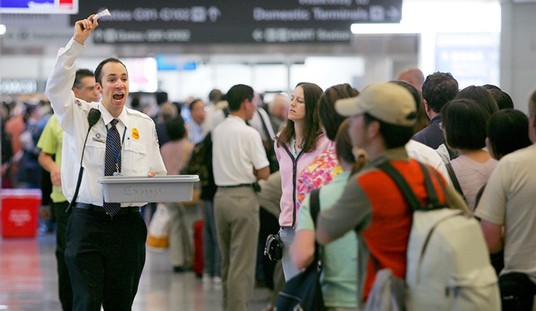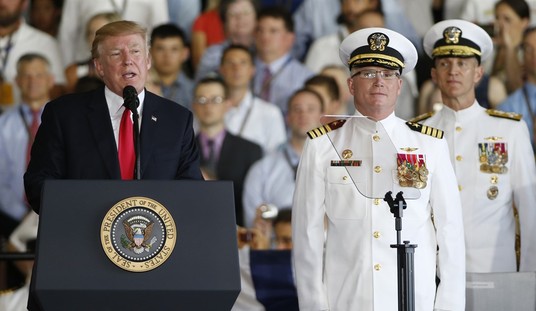It has been a busy Monday in the Oval Office. The Mexico City ban was reinstated. TPP was killed. And President Trump ordered a federal hiring freeze:
President Trump issued an executive order Monday freezing federal hiring. The hiring freeze excludes national security employees.
A hiring freeze was included in the Trump presidential campaign’s “Contract with the American Voter.” It was the second of six measures “to clean up the corruption and special interest collusion in Washington, D.C.” and part of his “100-day action plan to Make America Great Again.”
The plan excludes the “military, public safety, and public health.”
News of the executive order drew immediate fire from the largest federal employee union.
“President Trump’s action will disrupt government programs and services that benefit everyone and actually increase taxpayer costs by forcing agencies to hire more expensive contractors to do work that civilian government employees are already doing for far less,” said American Federation of Government Employees President J. David Cox Sr. “This hiring freeze will mean longer lines at Social Security offices, fewer workplace safety inspections, less oversight of environmental polluters, and greater risk to our nation’s food supply and clean water systems.”
Earlier this month, The Washington Post reported that the Obama administration was accelerating hiring to get employees in place before Trump took over. But individuals hired, but who have not yet started working, still could be affected by a freeze.
This order is largely symbolic. It does little to reduce the size of the federal government and it results in less efficiency, even by federal standards, as more senior employees have to do work that should be done much cheaper by more junior employees. The only way this makes headway against the growth of the federal workforce is if it, at some point, is replaced by a combination of Reduction in Force (RIF) and buy-outs AND more money is not given to federal contractors.
Having said that, symbols are important. Not only is this the fulfillment of a pledge he made but it sends a good signal to Washington.
Still, many federal workers admit they are freaked out — demoralized by their portrayal as part of the DC “swamp” and anxious about being asked to dismantle rules and regulations they’ve labored over for years.
“What I am hearing from federal employees is a degree of apprehension that I have not heard since the Reagan transition,” said Jeffrey Neal, who ran human resources for Homeland Security’s 190,000 employees in the last job of his 33-year-long government career.
“For some of them, it’s PTSD — ‘Oh my God, is that what we’re going back to?'” said one former Obama administration official. “They’re scared.”
Federal workers are also concerned that Trump may get support for gutting civil service protections from the Republican-controlled Congress. House Oversight and Government Reform Committee Chairman Jason Chaffetz (R-Utah) is pushing a legislative package that would make it easier to fire federal workers, among other things. And House Speaker Paul Ryan (R-Wis.) has said he broadly supports overhauling civil service rules.
Earlier this month, House Republicans quietly resurrected an 1876 rule that would allow them — with the sign-off of a majority of both the House and Senate — to use spending legislation to reduce the salary of an individual government employee, a move that infuriated union members.
“They’re basically creating an environment of fear within the government,” one career federal worker told POLITICO. “In creating that culture of fear, it’s probably going to suppress some of the people from standing up to the administration.”
Faced with an uncertain future, some career civil servants are debating whether to stick around.
My sympathy-meter isn’t even quivering.












Join the conversation as a VIP Member